This site uses cookies – More Information.
Wadi AlFann
15 Square Miles
125 Square Kilometers (Character Zone)
48 Square Miles
Net Zero Ambition
RIBA 1 Architectural Brief – 2022
Master Plan – Ongoing
Project – Ongoing, with Phase 1 to be Completed 2024
Wadi AlFann, or “Valley of the Arts,” is an ambitious, permanent art venue located in the desert canyons of AlUla, Saudi Arabia. Part of a wider effort to promote tourism, emphasizing nature and heritage sites, the venue will serve as a one-of-a-kind showcase for world-renowned contemporary land artists, intermixed within 15 square miles of desert landscape.
The first five large-scale, site-specific works of art will be installed and unveiled by 2024, kicking off a continuous program of commissioned art going forward. The first five works will include pieces by artists Manal AlDowayan and Ahmed Mater of Saudi Arabia, and Agnes Denes, Michael Heizer, and James Turrell. Drawing inspiration from nature, the art pieces will reflect and respond to the area’s stunning sandstone cliffs and canyons.
Video courtesy of the Royal Commission for AlUla
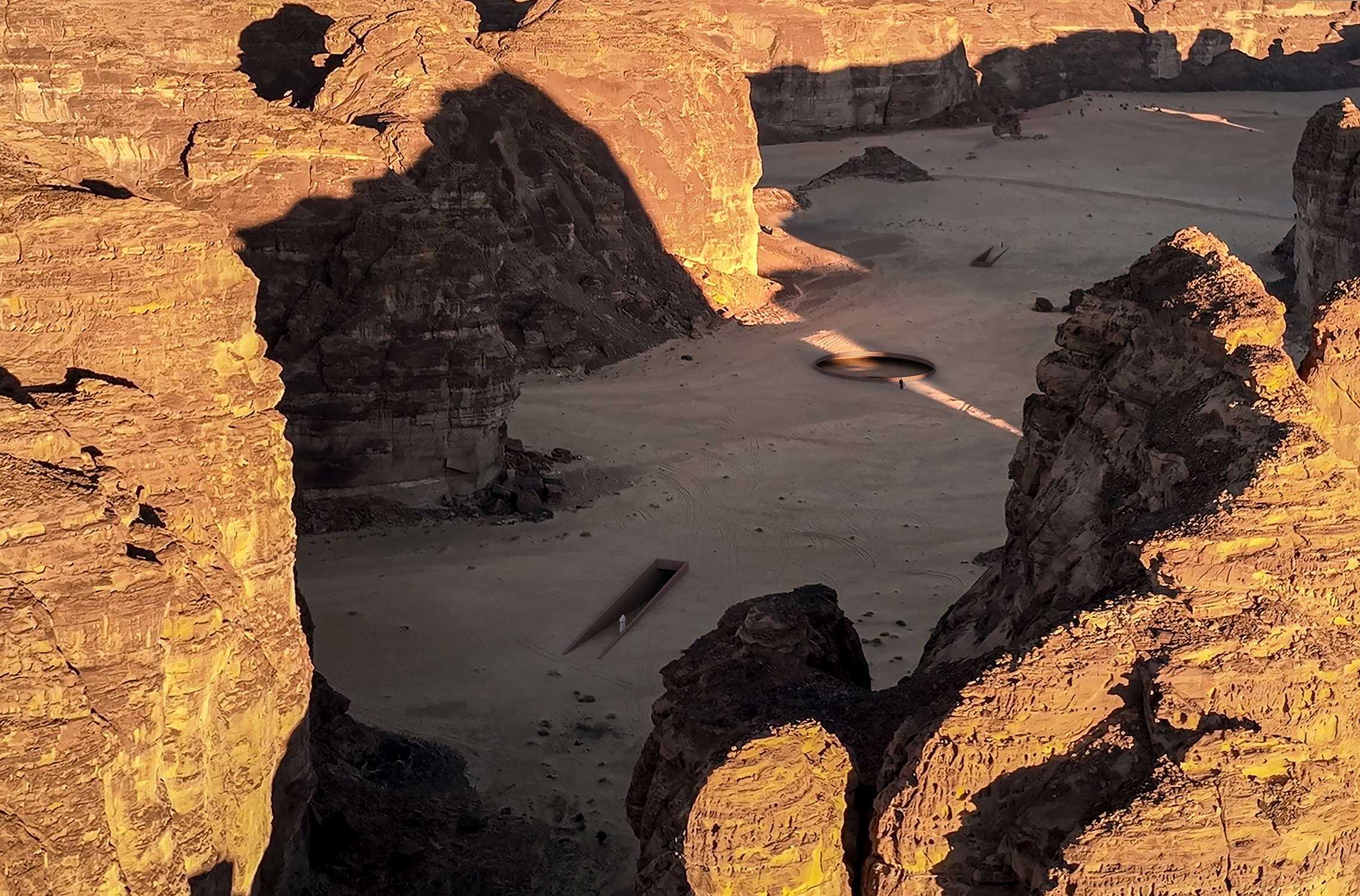
Ayers Saint Gross prioritized both cultural and landscape preservation and restoration while leading the planning efforts for the Wadi AlFann concept as well as in the development of the project’s vision and goals.
The detailed master plan includes an assessment of existing site conditions, an overview of artist site locations and development criteria, landscape galleries or landscape protection zones, the identification of critical protected view-shed corridors, plans for site access from surrounding areas, as well as internal mobility within Wadi AlFann. The team also provided guidance for signage and wayfinding, utility infrastructure, and operational aspects that should be implemented to support visitor movement and site control.
A thoroughly planned public realm including artist sites, trails, comfort stations, roadways, and pavilions, will allow for a comfortable and accessible experience that will maximize the broadest population of users without compromising the design intent and landscape vision of Wadi AlFann.


A series of pavilions will support the visitor experience as places to gather, rest, and refresh in the desert landscape, and launching points for various activities to be enjoyed while visiting the site. Design guidelines and detailed programming have been developed drawing inspiration from the landscape. Each pavilion will be designed with artistic expressions of the landscape, natural color palette, and materiality while maintaining views of the site.
The plan accounts for mobility networks for various modes of transportation including electric 4×4 Wadi AlFann vehicles and hiking. A network of trails and roadways will create connections between the most breathtaking moments within Wadi AlFann and land art found throughout the site. Designated trail interventions, including rock clearings, switchbacks, carved stairs, platforms, and bridges will be used sparingly to highlight significant landscape features along with a series of beacons (or small shade structures) that provide wayfinding and emphasize landscape vistas throughout the site.

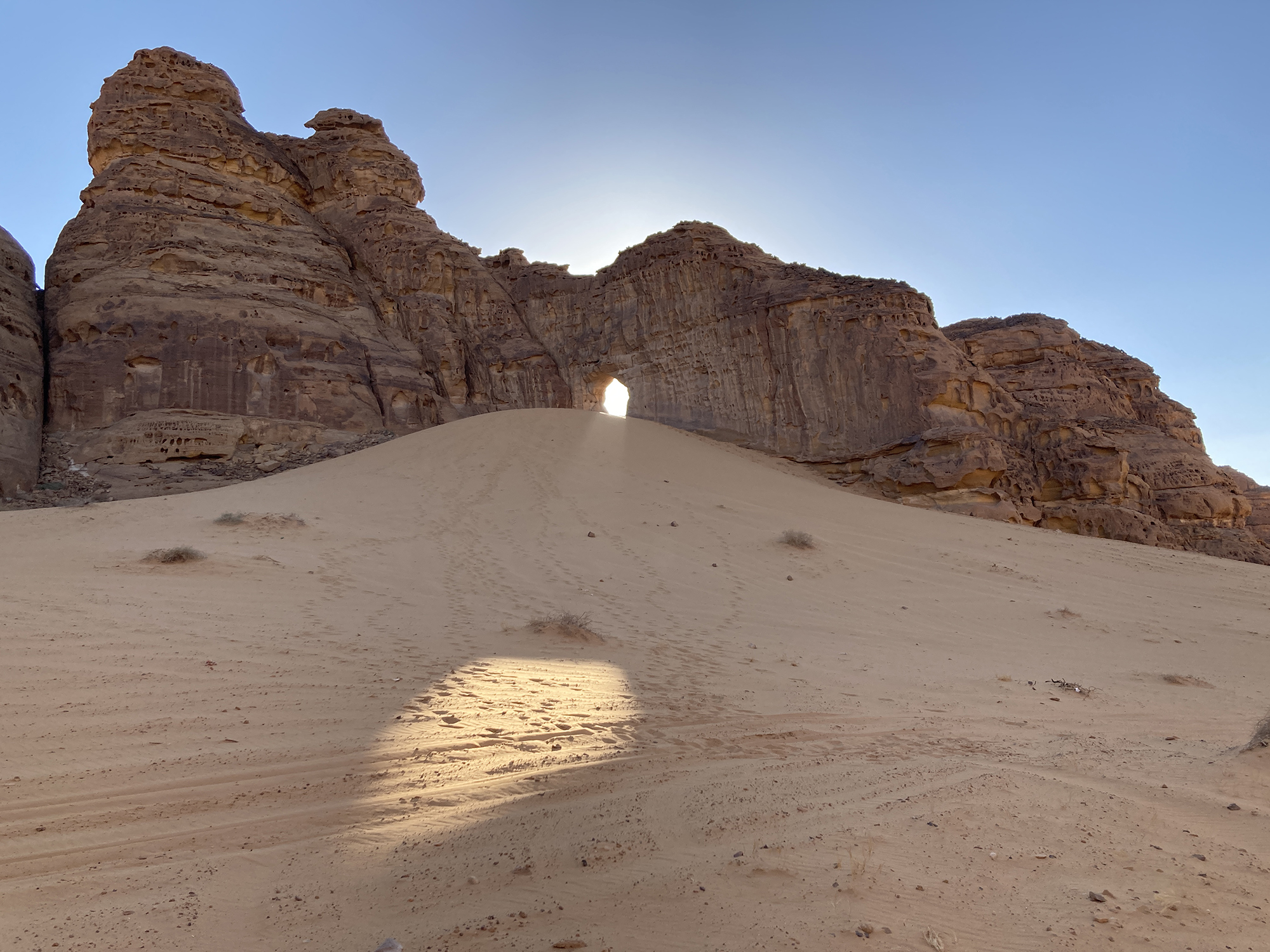
Archaeological heritage and rock art can be found across the site and is an underlay in the visitor experience planning. The almost ubiquitous presence of heritage within Wadi AlFann is a testament to the history and culture of the land — its people, their trade routes, and the marks they made along the way are evident throughout the site.
The vision for Wadi AlFann aims to both protect the heritage, while also giving visitors the opportunity to explore meaning within their encounters. It is a prospect that seeks to elevate the way in which visitors engage with history, while also providing opportunities for self-reflection and contemplation.

The ultimate vision for the site is centered on revelation and discovery, with awe-inspiring arts encounters integrated into the vast and extraordinary landscape and heritage of Wadi AlFann. It is also a cultural landmark where cultural exchange and a new paradigm for art in the landscape will inspire and enrich national, regional, and global visitors.

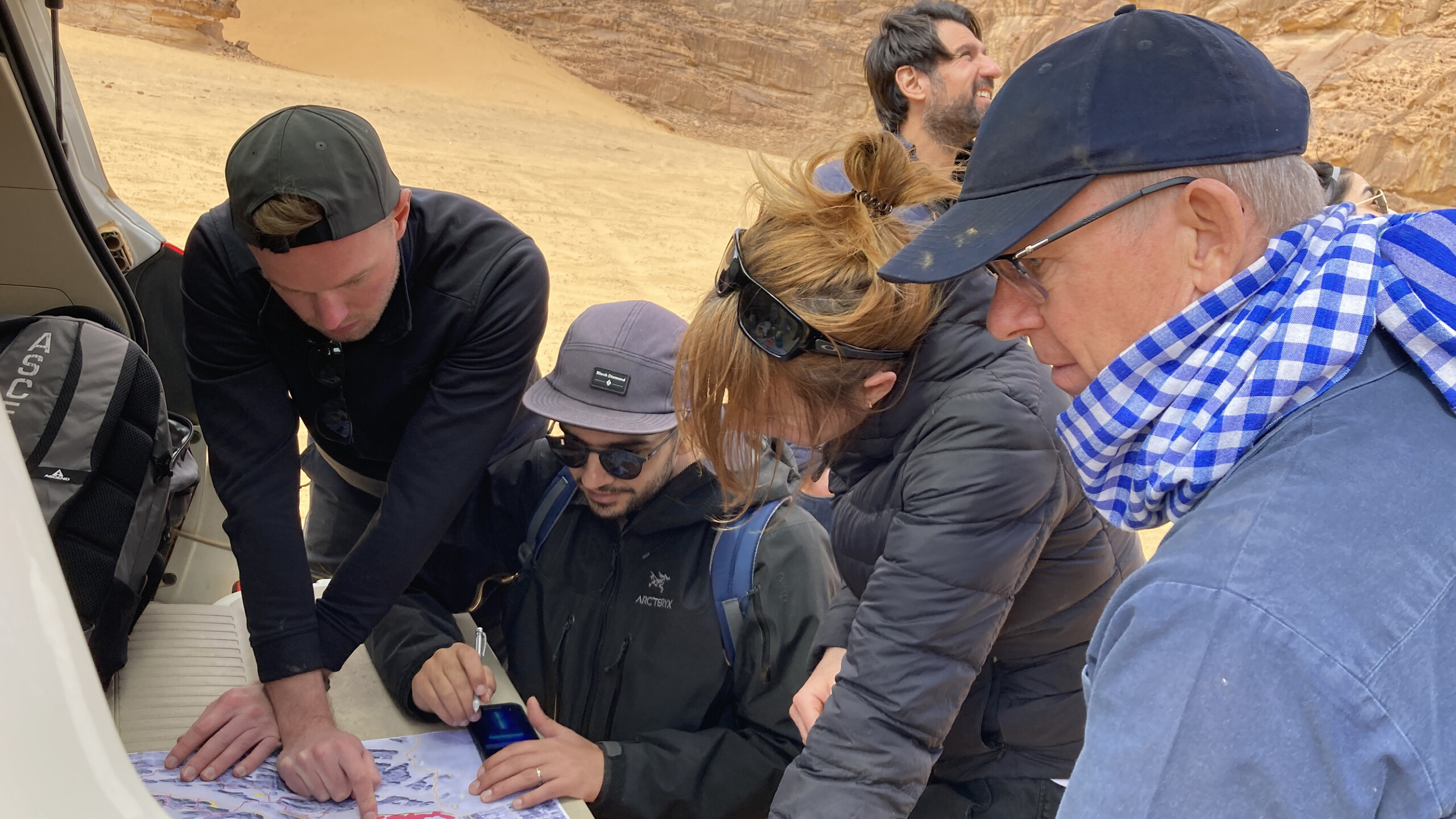
The Planning Process
Through close partnership with the client, the Ayers Saint Gross team have become experts of the site and its complex landscape. Spending hundreds of hours on the ground, utilizing multiple techniques in mapping, the team has detailed their extensive knowledge of the site into the masterplan.
As trusted advisors and in partnership with RCU, the Ayers Saint Gross team will continue to be stewards of the masterplan, vision, and development of Wadi AlFann.
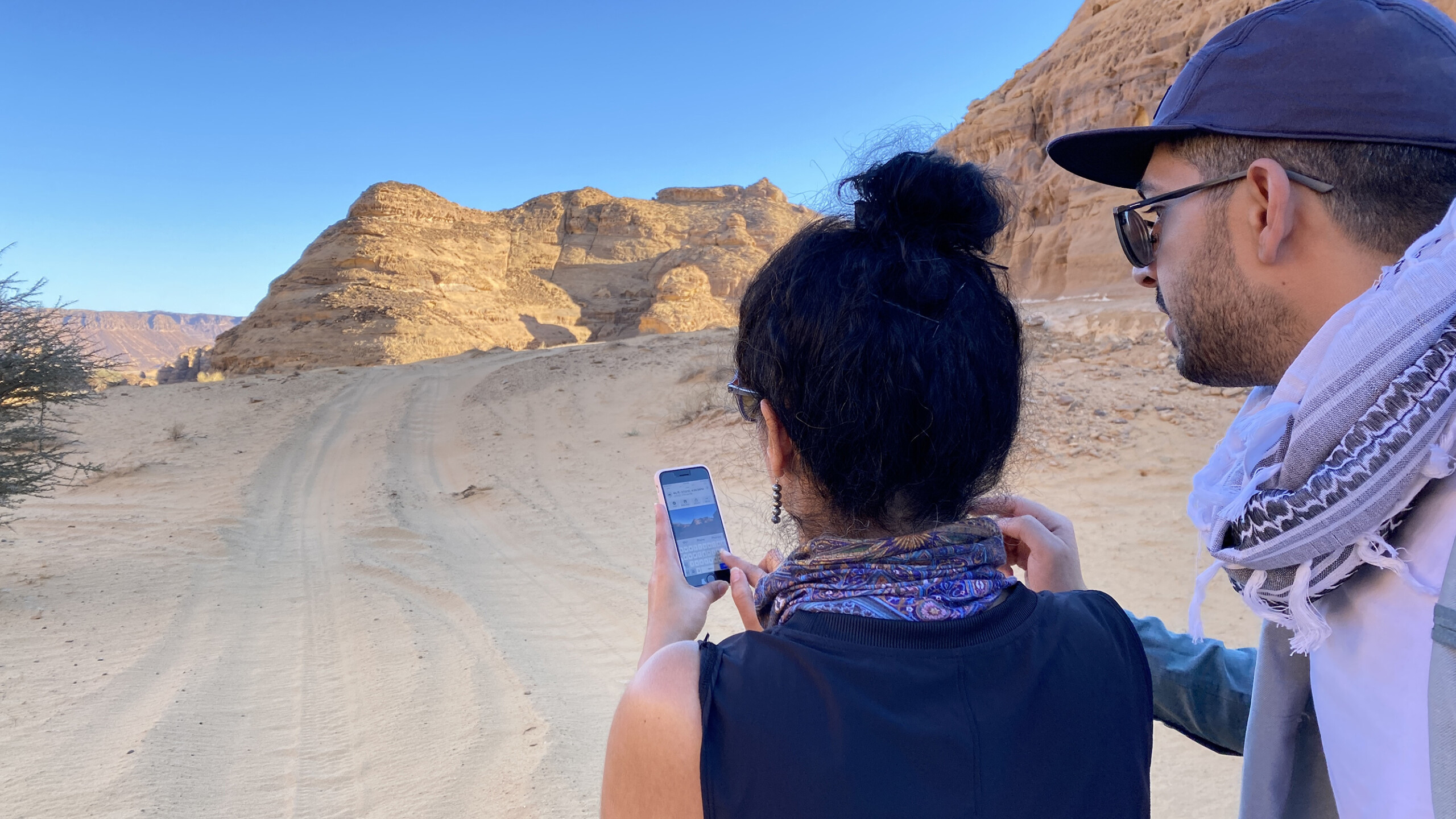
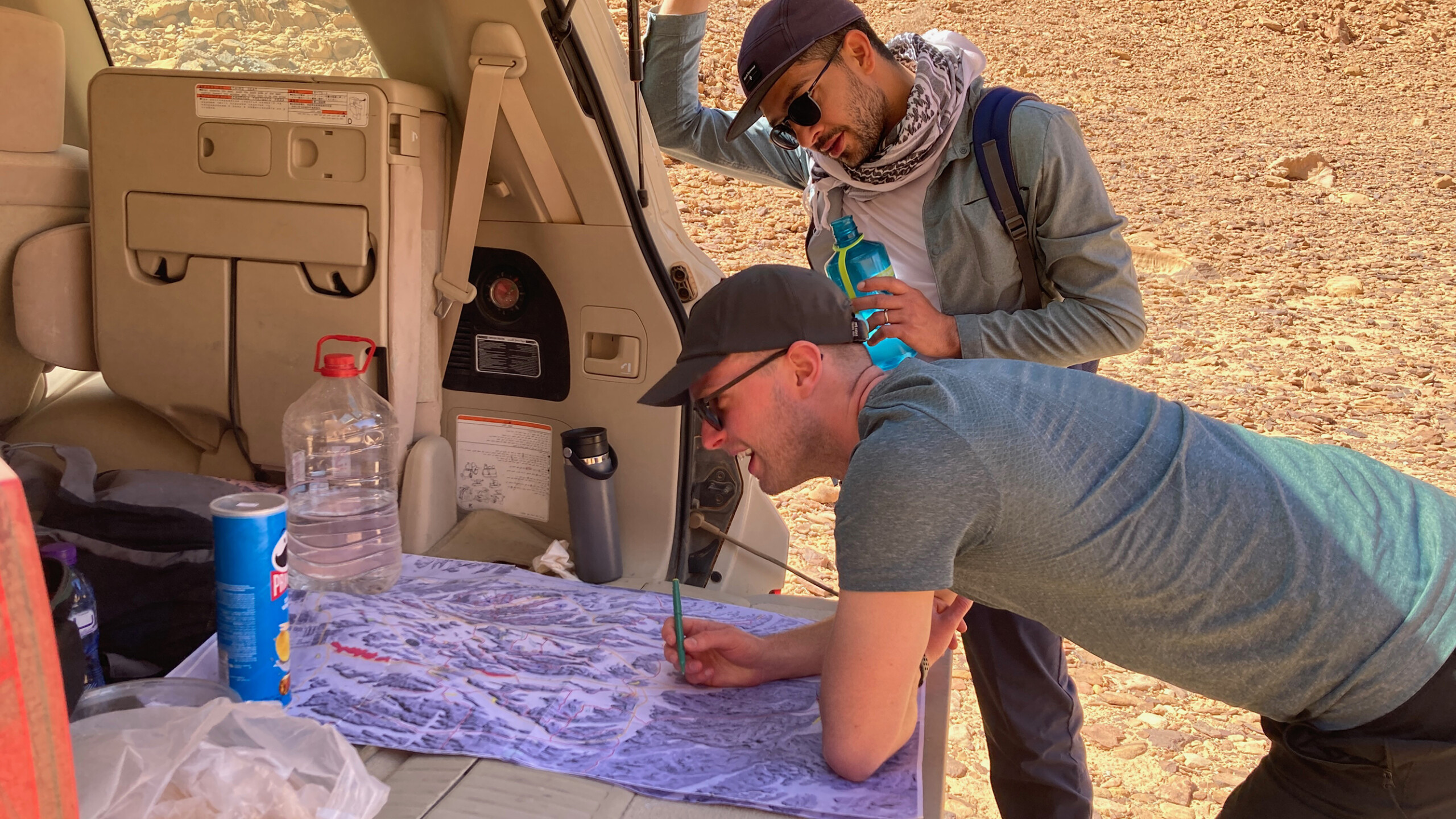

Dharam – Cost Estimate
ConsultEcon – Operations Planning
